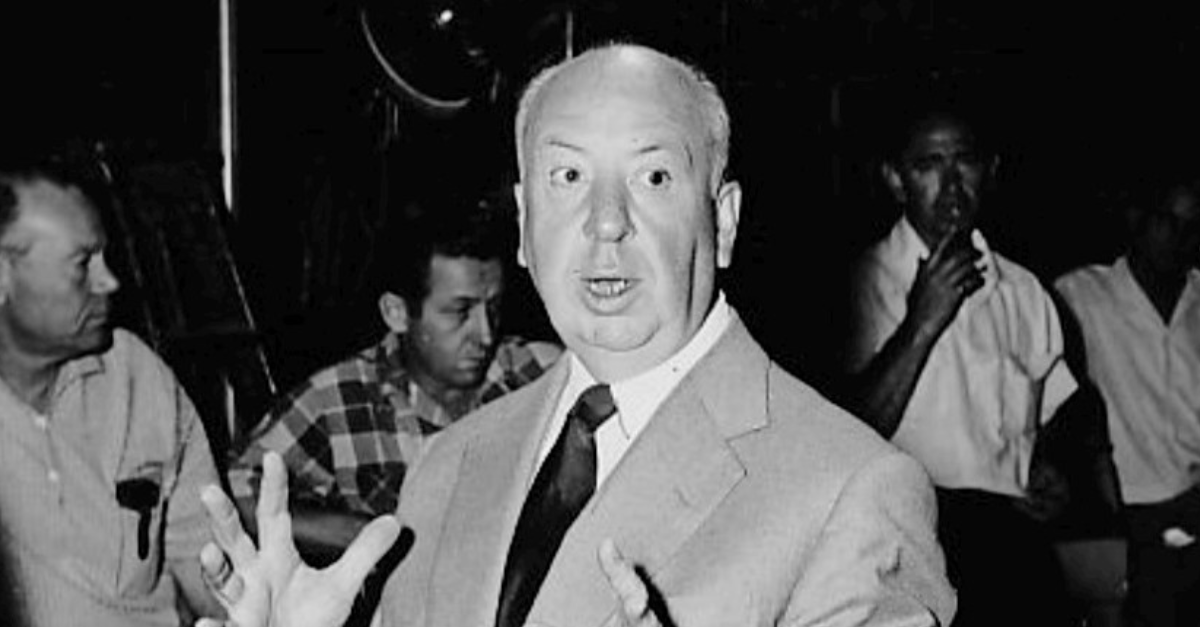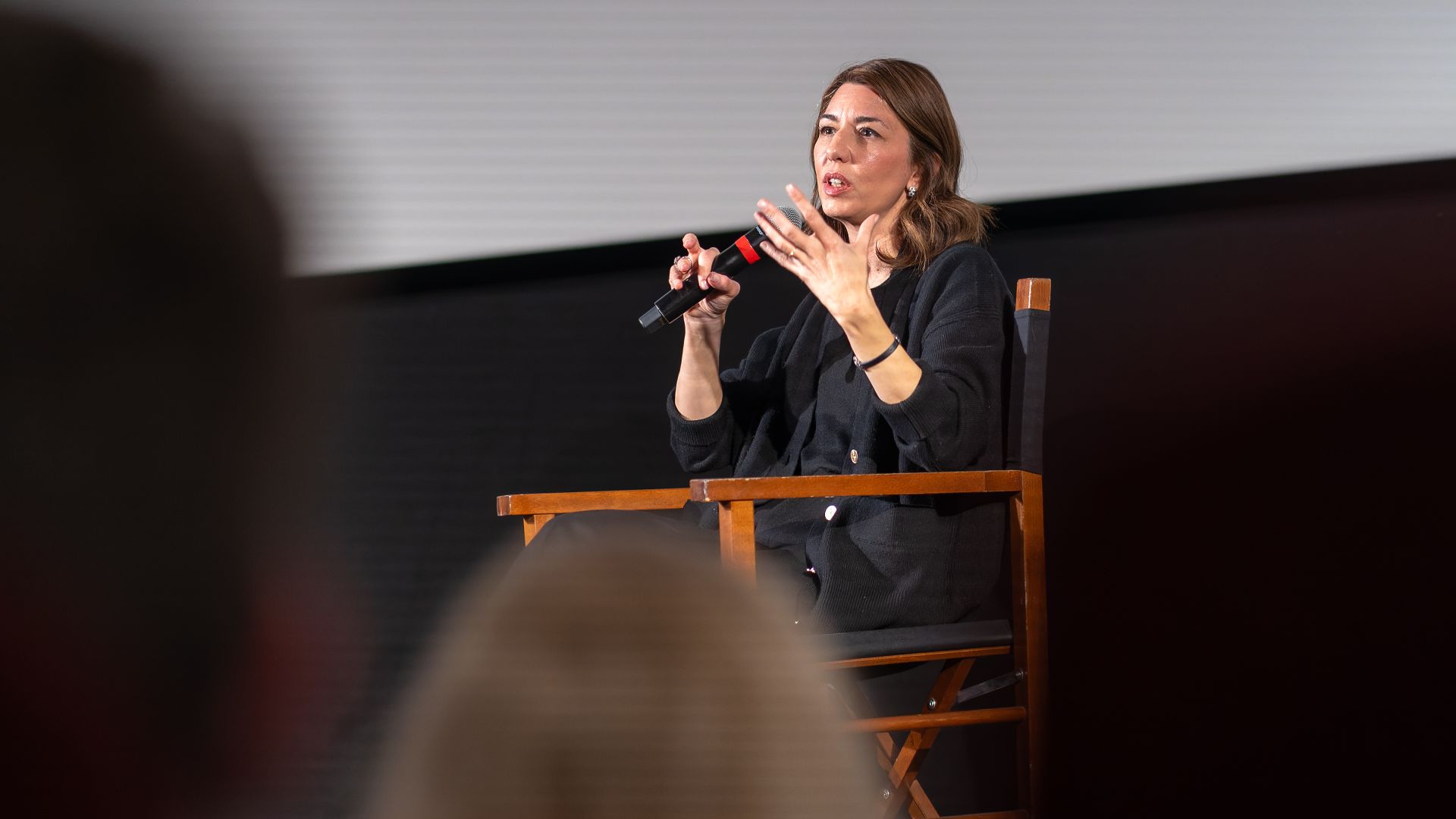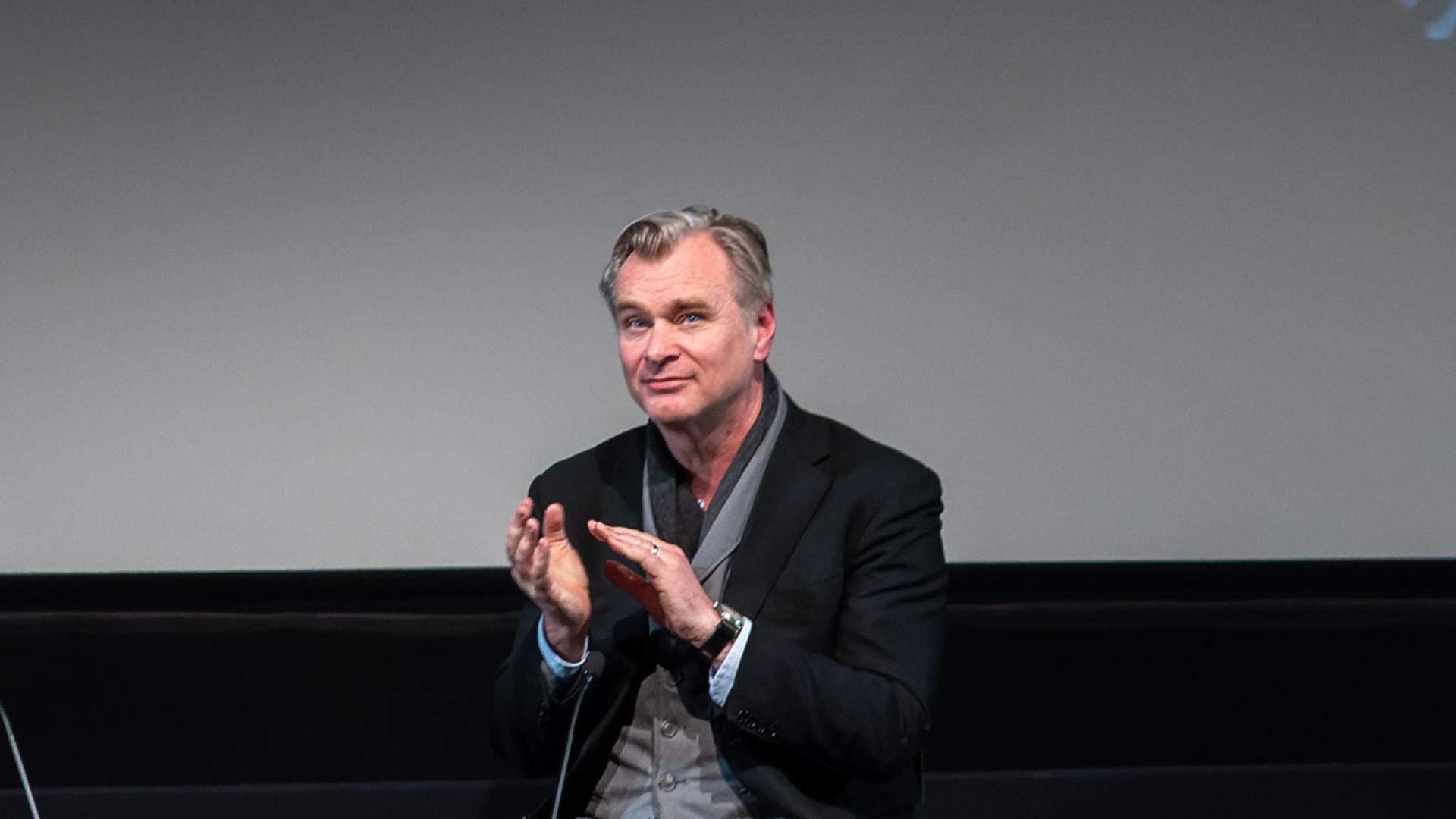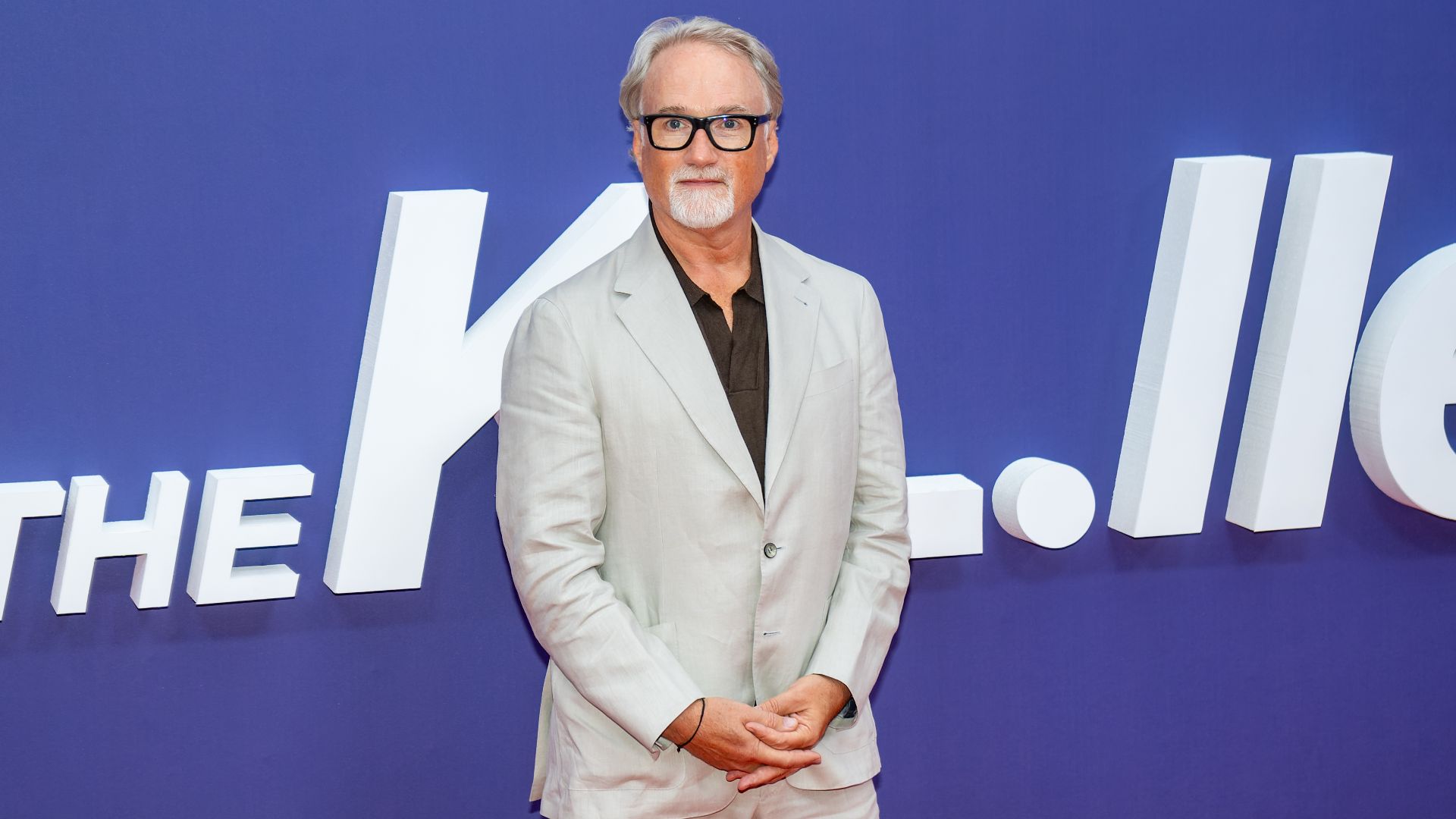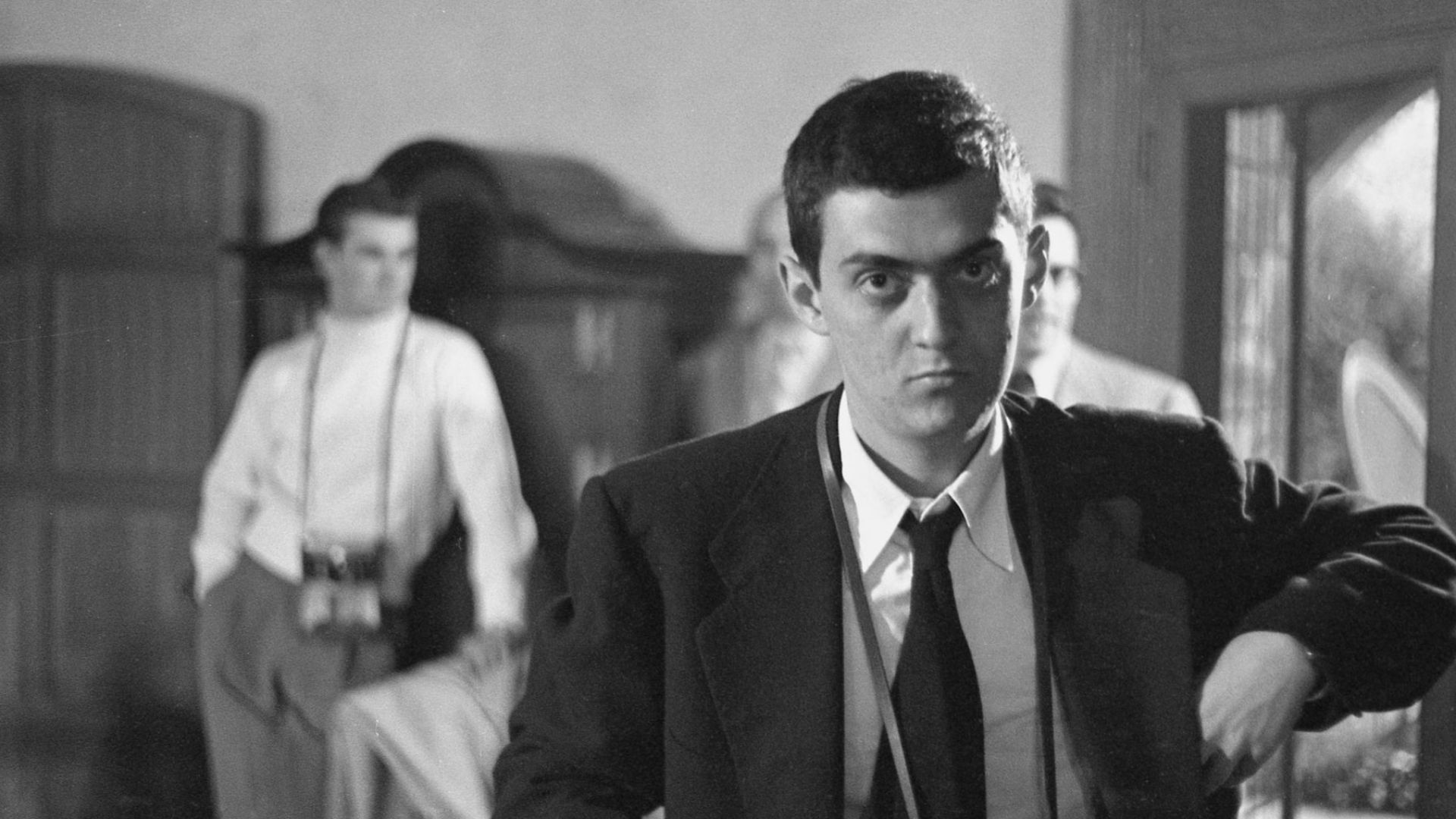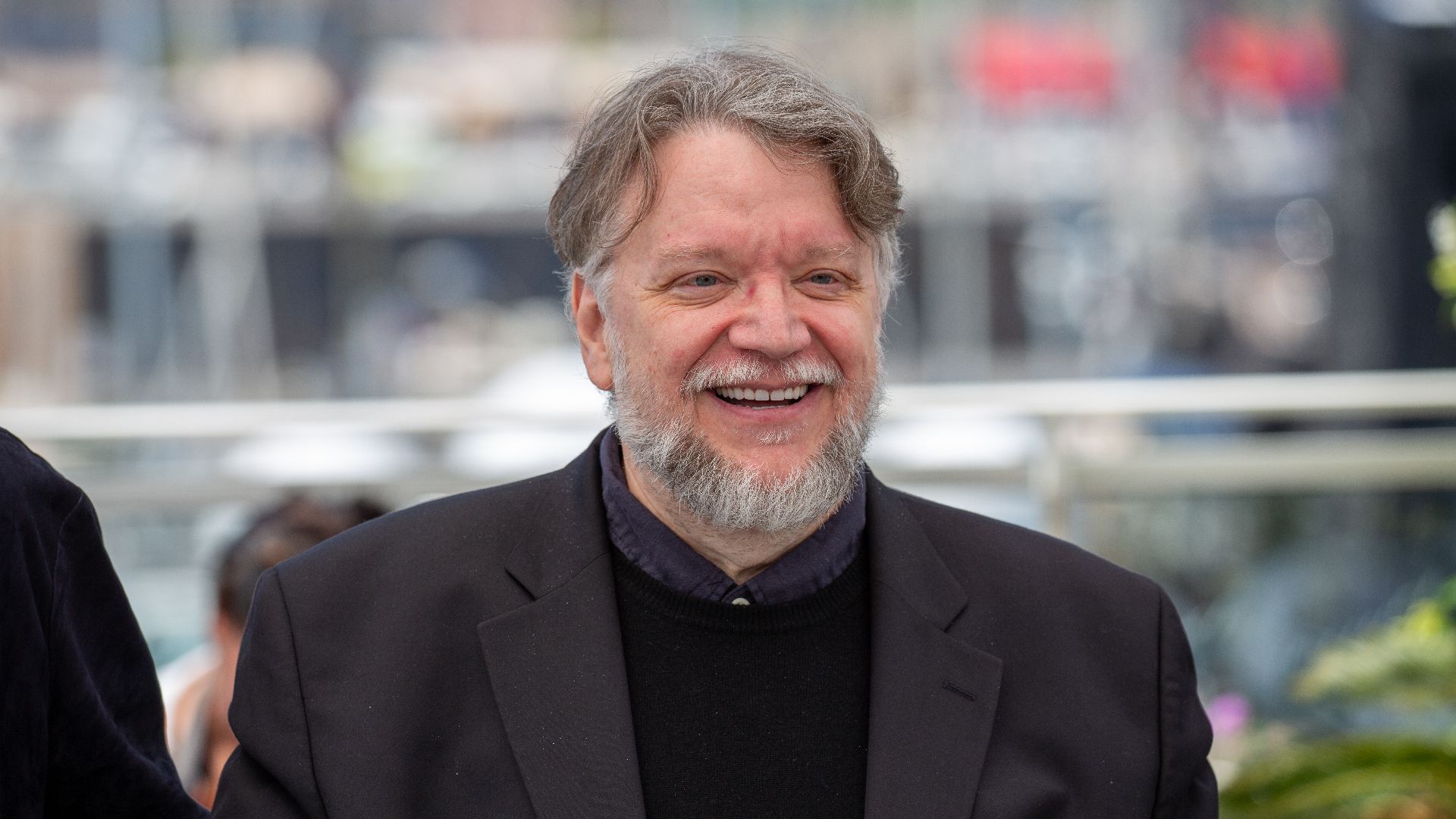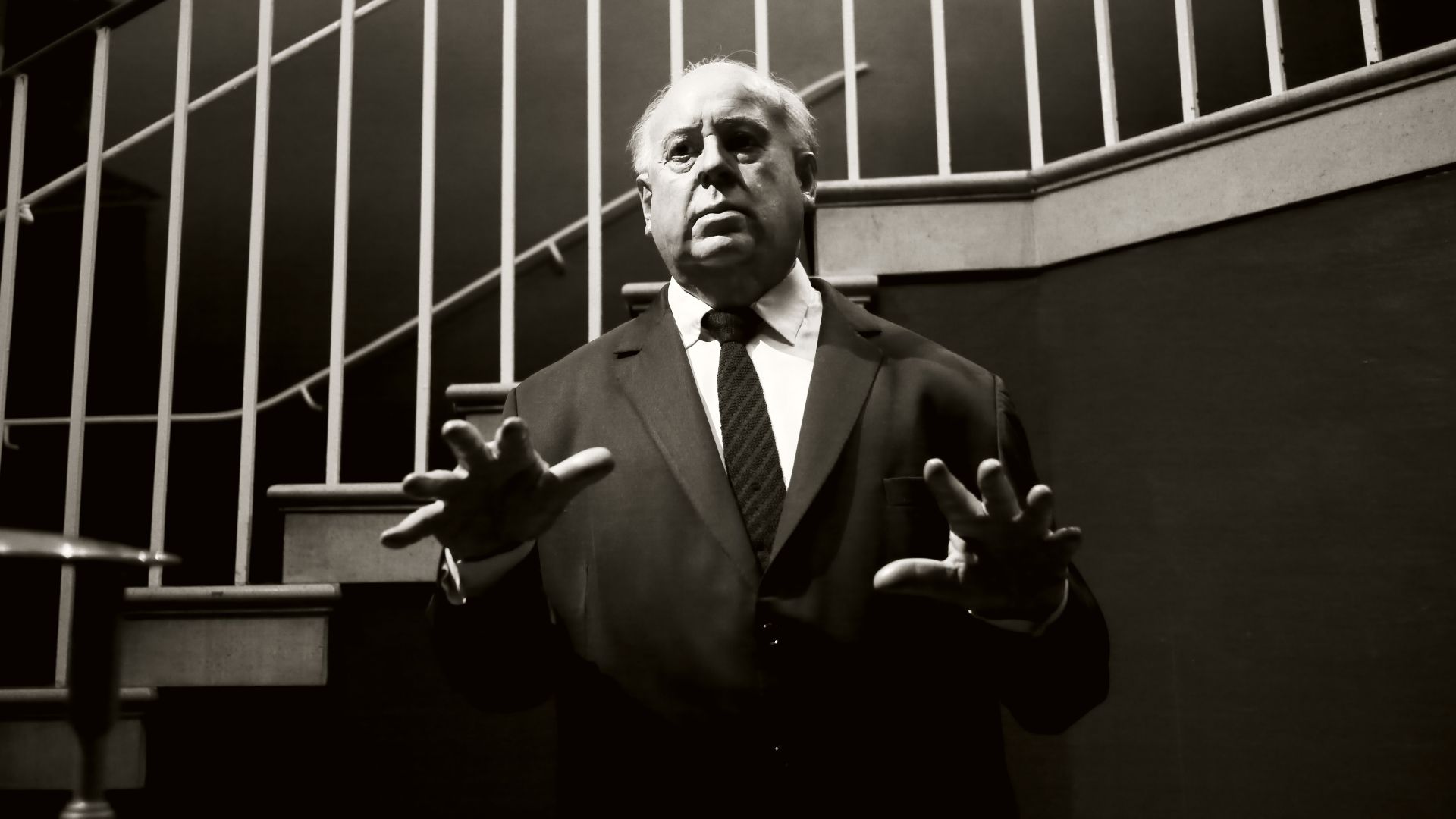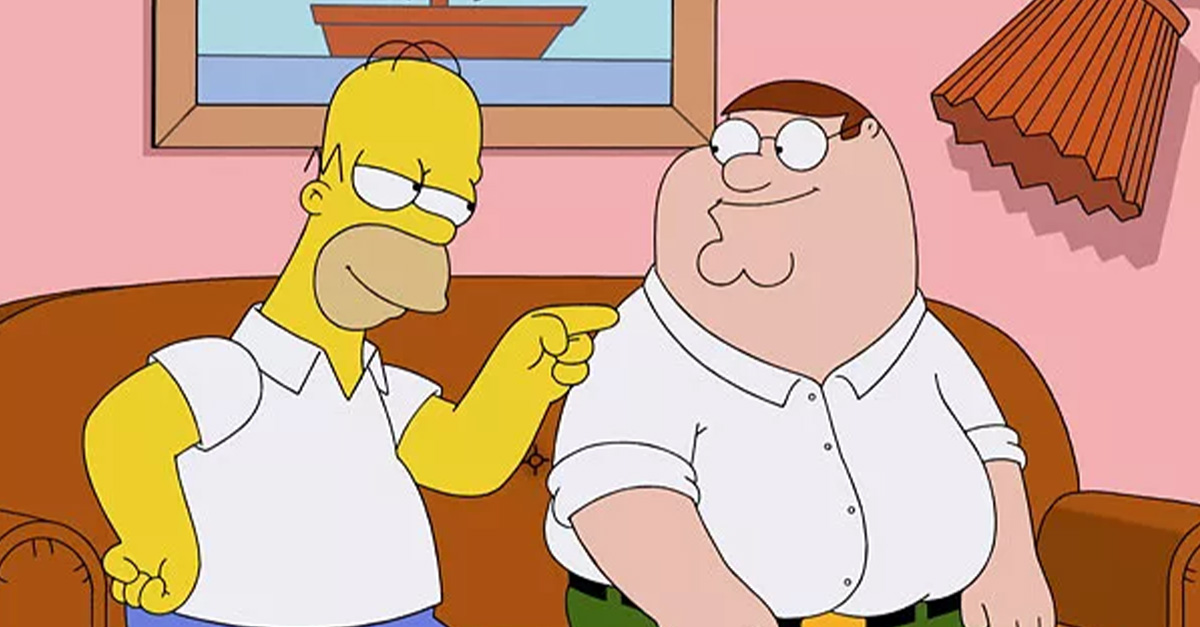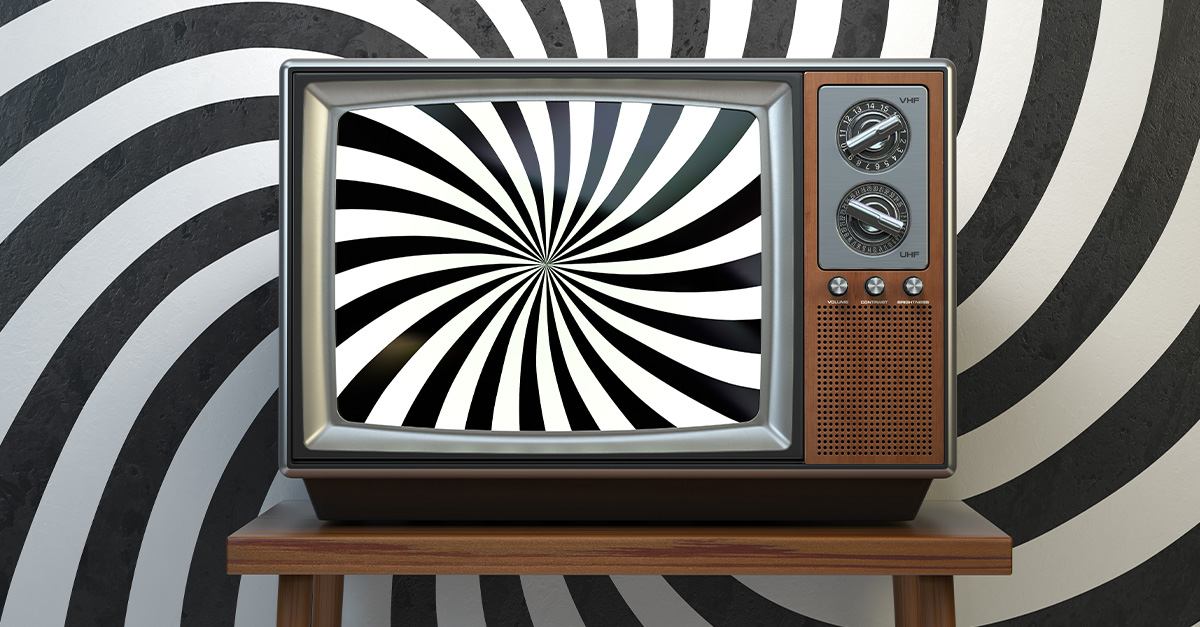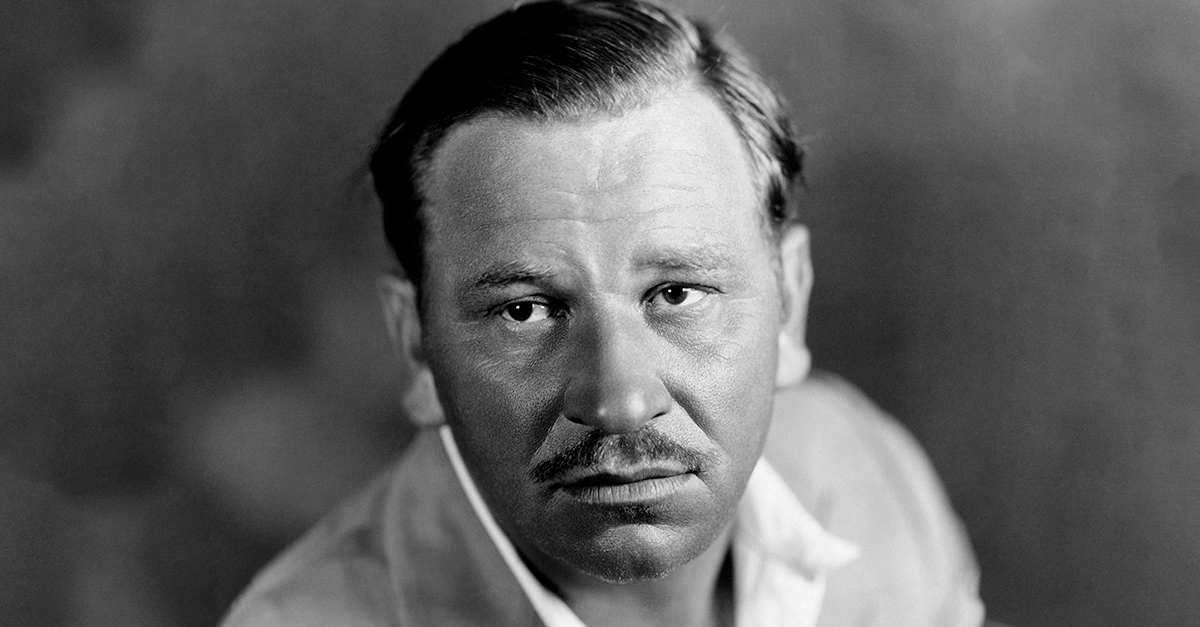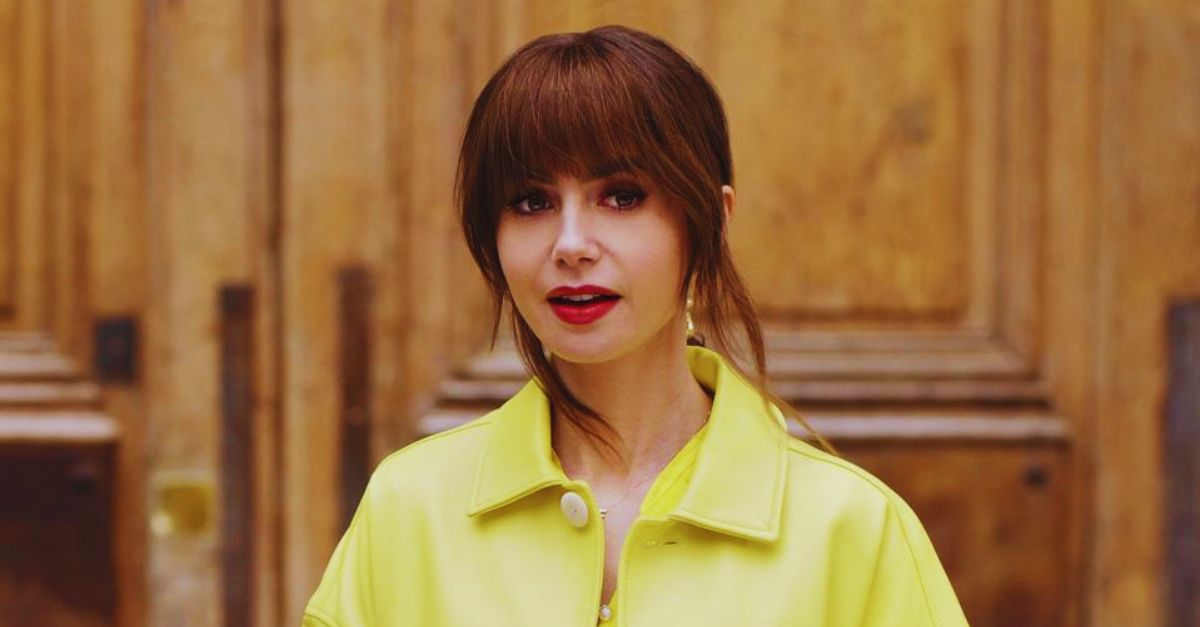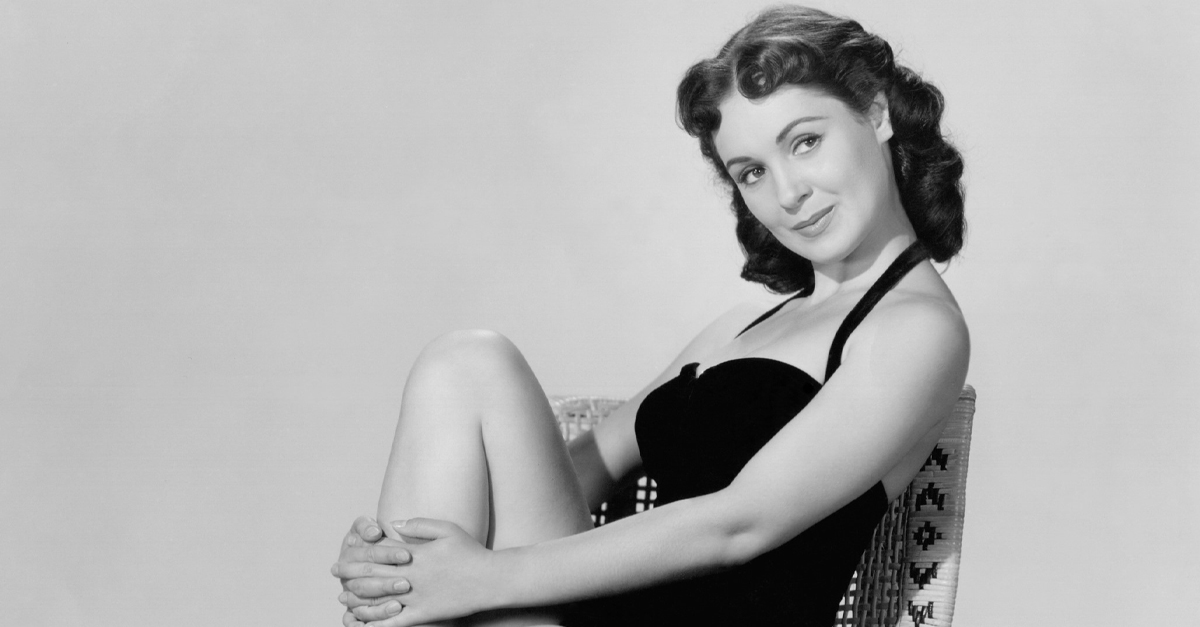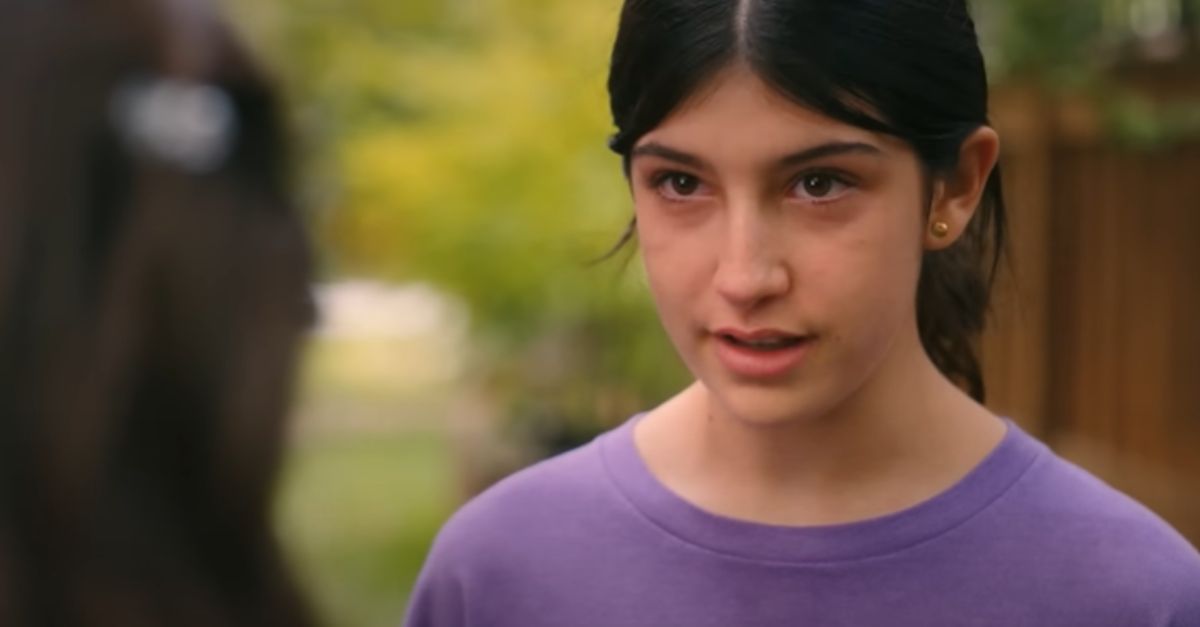When Vision Becomes a Vibe
Some directors don’t just make movies—they brand your eyeballs. Their camera angles, color palettes, or storytelling quirks are so unmistakable that even a single frame screams their name.
Here are 20 directors whose fingerprints are all over every second of their films.
David Lynch
Few directors can make audiences feel so fascinated and disturbed at the same time. Lynch has built a career on surreal dream logic, eerie soundscapes, and stories that refuse to explain themselves. His work isn’t about making sense—it’s about making you question whether you’ve accidentally fallen asleep with your eyes open.
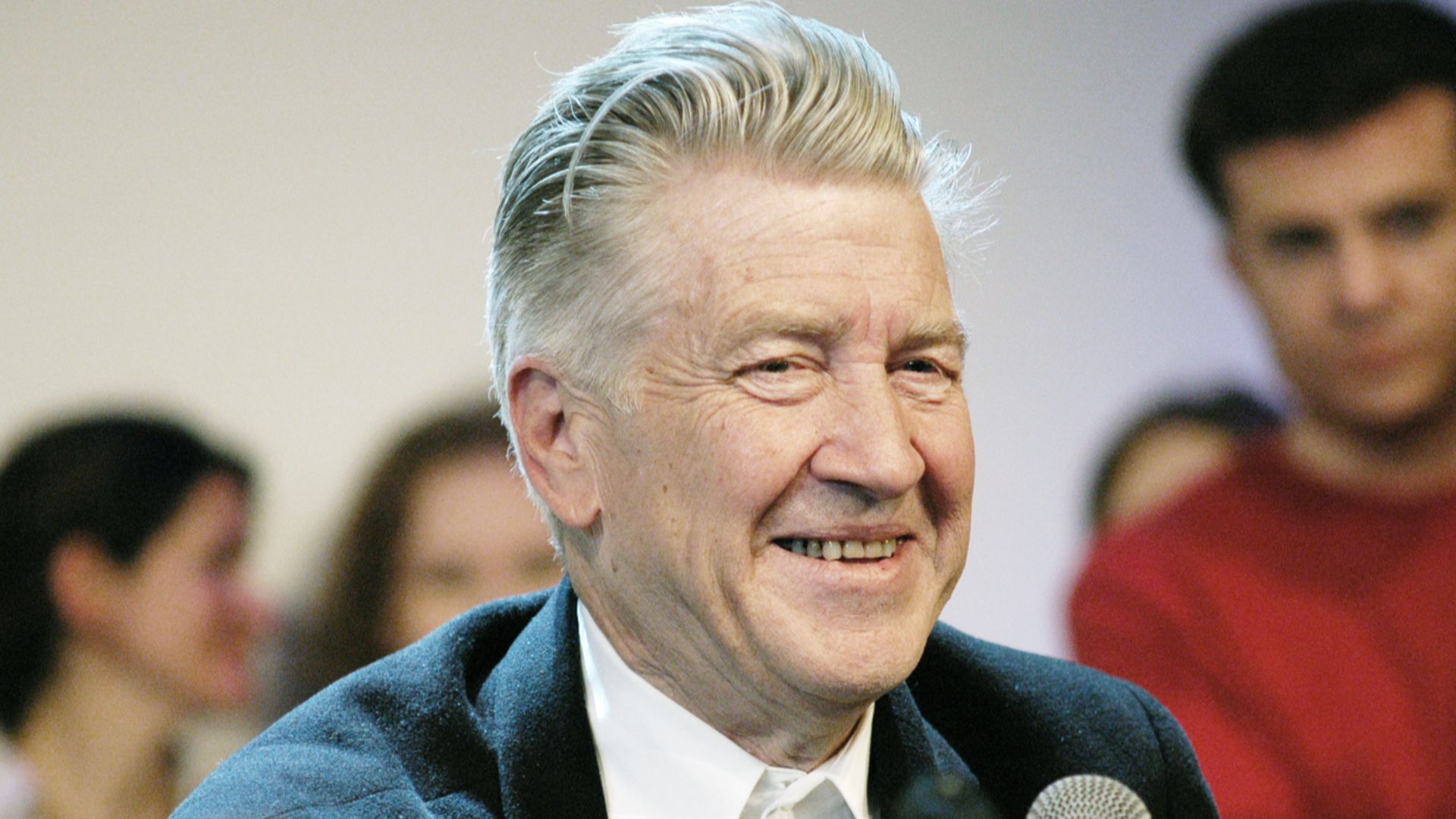 Sasha Kargaltsev, Wikimedia Commons
Sasha Kargaltsev, Wikimedia Commons
Wes Anderson
You could spot a Wes Anderson movie blindfolded. The meticulous symmetry, pastel color schemes, and dollhouse-like sets are instantly recognizable. Characters deliver lines like they’re reading poetry underwater, and each frame feels like a diorama from a quirky museum you’re not quite cool enough to understand.
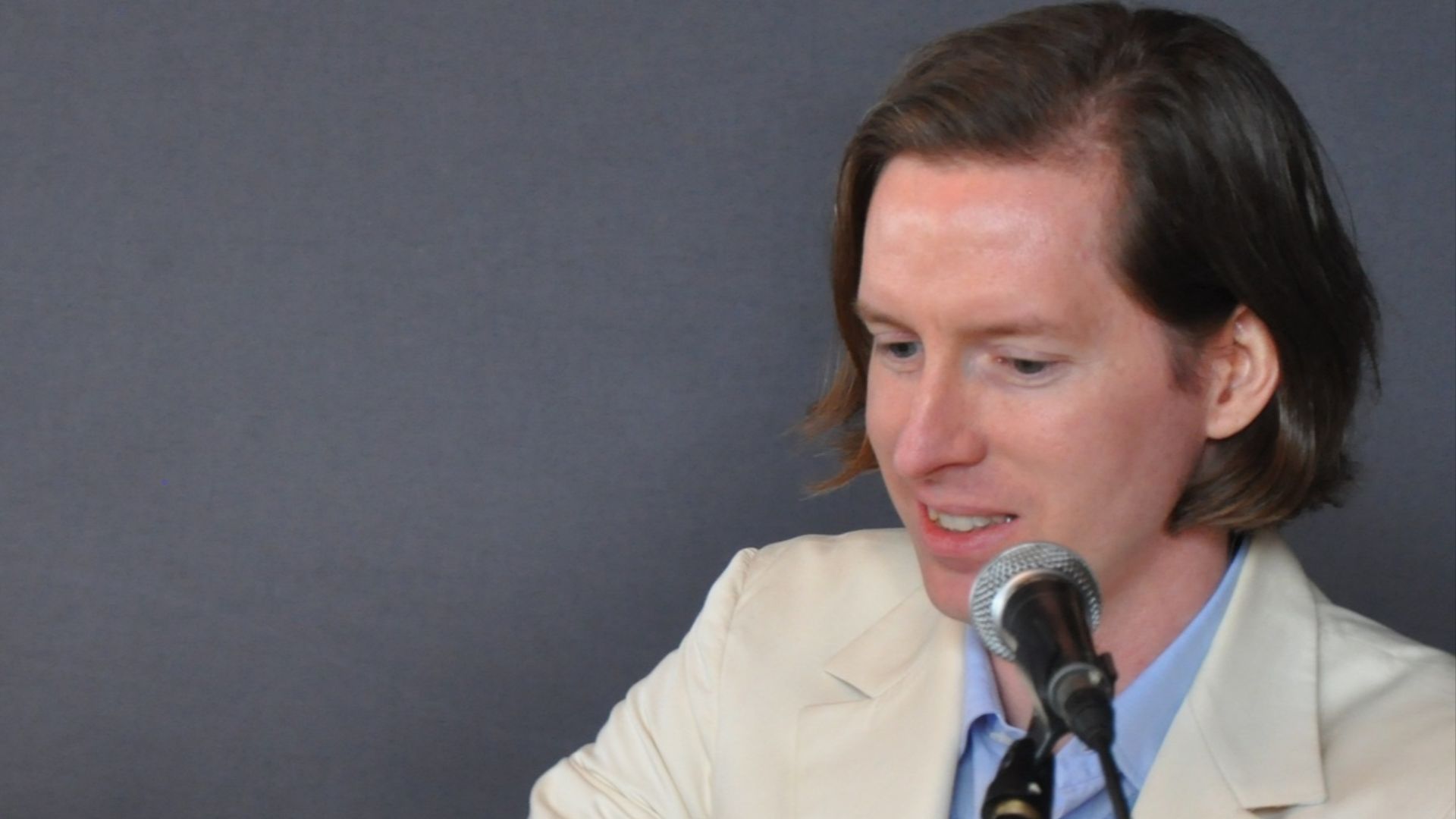 Raffi Asdourian, Wikimedia Commons
Raffi Asdourian, Wikimedia Commons
Spike Lee
Lee doesn’t just direct films—he confronts you with them. His stories are loud, urgent, and politically charged, often diving into tension and social justice. He’s also known for his famous “double dolly shot,” where the actor glides through space while the world shifts behind them, creating an almost spiritual motion. It’s pure cinematic electricity.
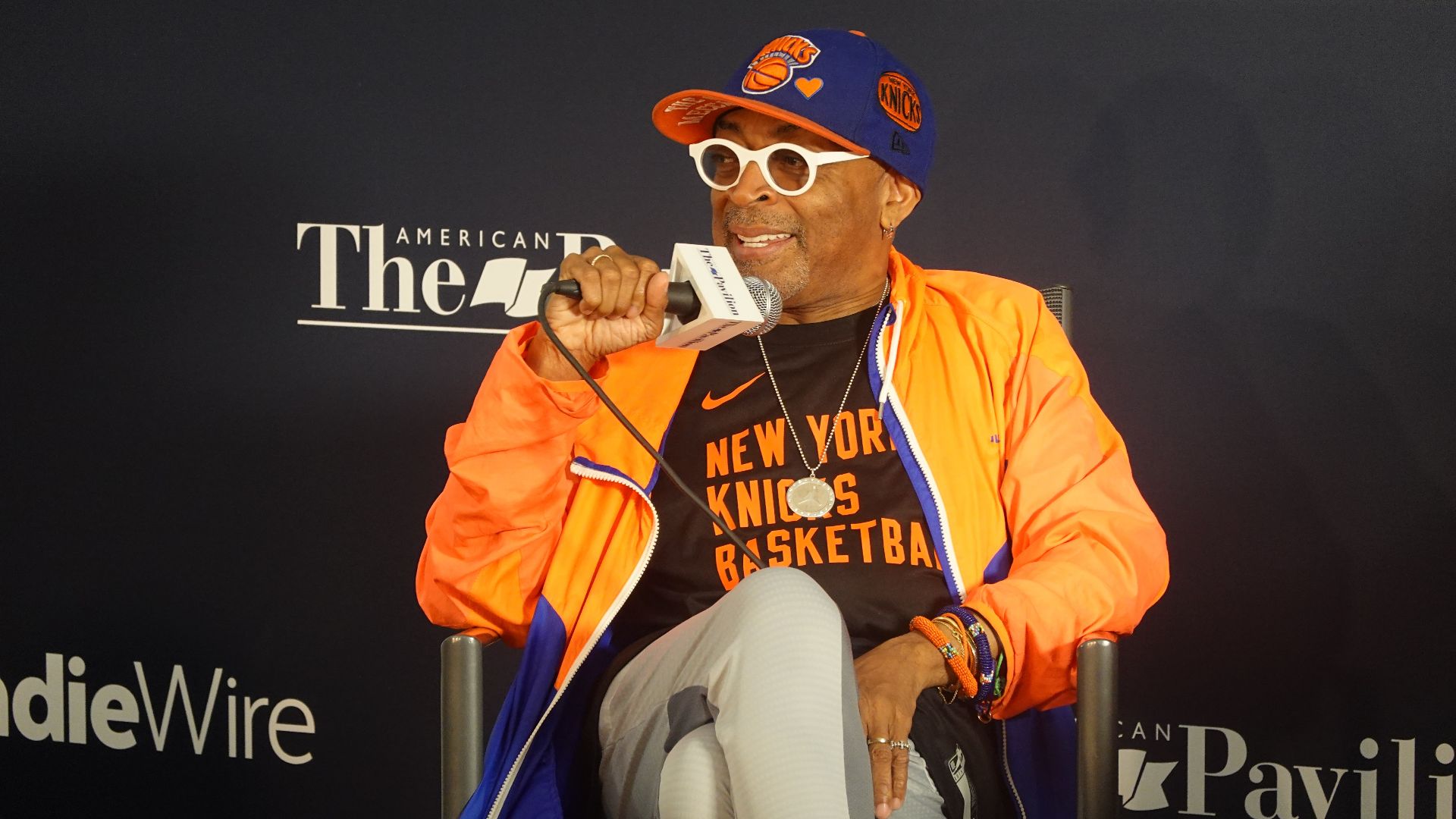 Jennifer 8. Lee, Wikimedia Commons
Jennifer 8. Lee, Wikimedia Commons
Sofia Coppola
Coppola’s films feel like memories soaked in pink light and melancholy. She captures loneliness and quiet rebellion with soft visuals, pastel wardrobes, and dreamy soundtracks. Whether she’s filming a royal in crisis or a lost teenager in Tokyo, you can practically smell the perfume and existential dread.
Christopher Nolan
If your brain hurts but your heart is racing, you’re probably watching a Christopher Nolan film. Known for massive IMAX spectacles, twisting timelines, and thundering sound design, Nolan makes movies that feel like puzzles you’re proud to solve. His obsession with time, memory, and consequence has practically become its own genre.
Tim Burton
Burton has carved an entire subculture out of stripes, skeletons, and sorrow. His “Burtonesque” worlds are gothic yet whimsical, fusing horror with heart. Every character looks like they were drawn by a moody teenager in algebra class—and somehow, that’s exactly the charm.
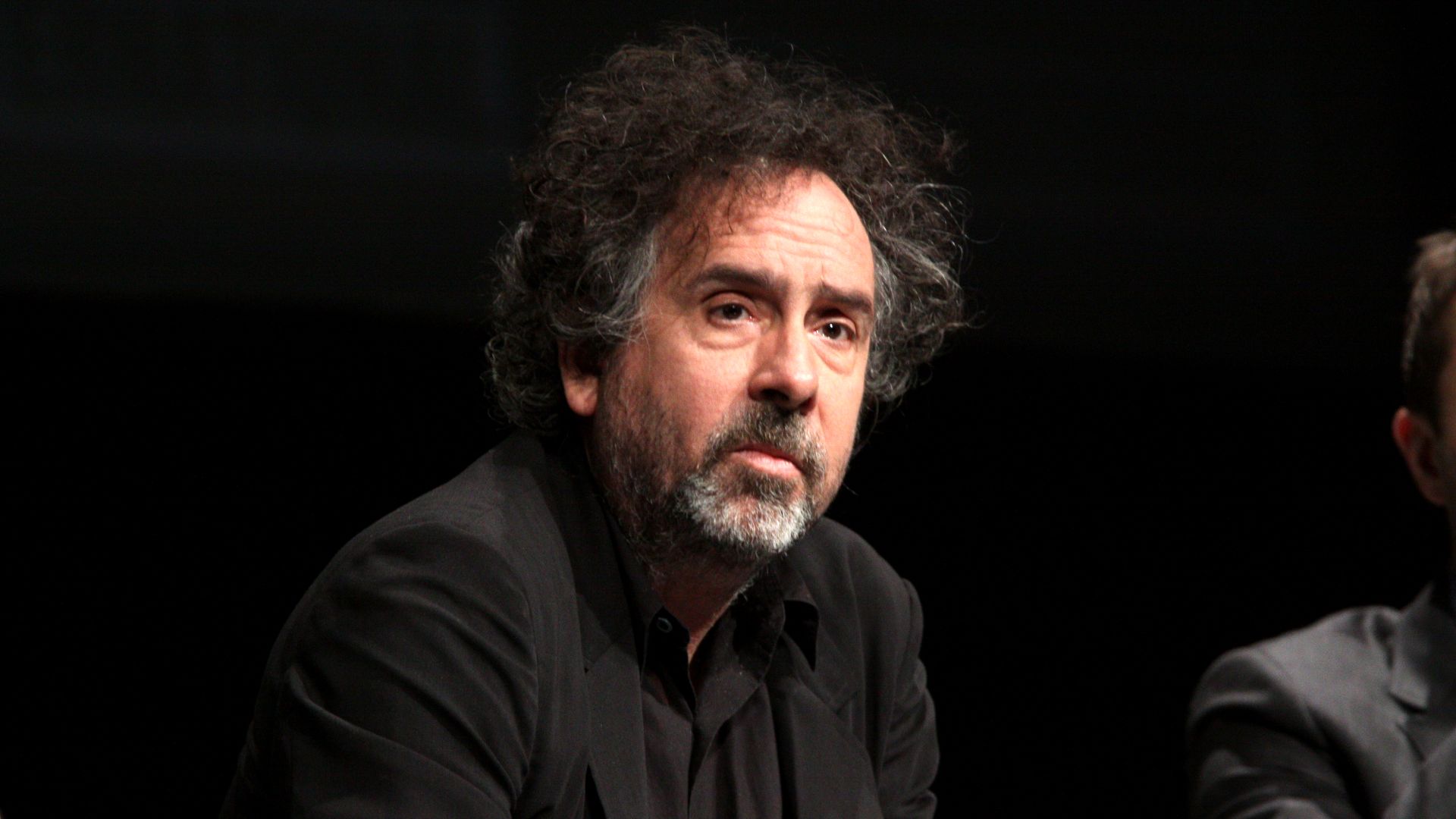 Gage Skidmore from Peoria, AZ, United States of America, Wikimedia Commons
Gage Skidmore from Peoria, AZ, United States of America, Wikimedia Commons
David Fincher
Fincher’s cinematic universe lives in the shadows—literally. His muted colors, low lighting, and obsessive precision create tension in every shot. From Seven to Gone Girl, his films drip with dread, control, and beautifully miserable people. He’s the master of making discomfort look gorgeous.
Greta Gerwig
Gerwig’s directing style is heartfelt and effervescent, with a strong feminist backbone. She crafts coming-of-age stories that feel modern yet timeless, balancing sharp humor with deep emotional truth. Even when she’s dealing with plastic dolls, she finds a way to make it about identity, purpose, and growing up.
Stanley Kubrick
Kubrick didn’t make movies—he created moving art installations. Every shot feels meticulously planned, often centered with mathematical precision. His use of symmetry, color, and cold detachment turns cinema into a slow, hypnotic nightmare. You don’t watch Kubrick; you endure him—and it’s worth every second.
Edgar Wright
Hyperactive editing, snappy transitions, and a soundtrack that hits harder than caffeine—Wright’s films move like they’re powered by Red Bull. He blends action and comedy so seamlessly that even his transitions get laughs. Every zoom, whip pan, and music cue lands with pinpoint rhythm.
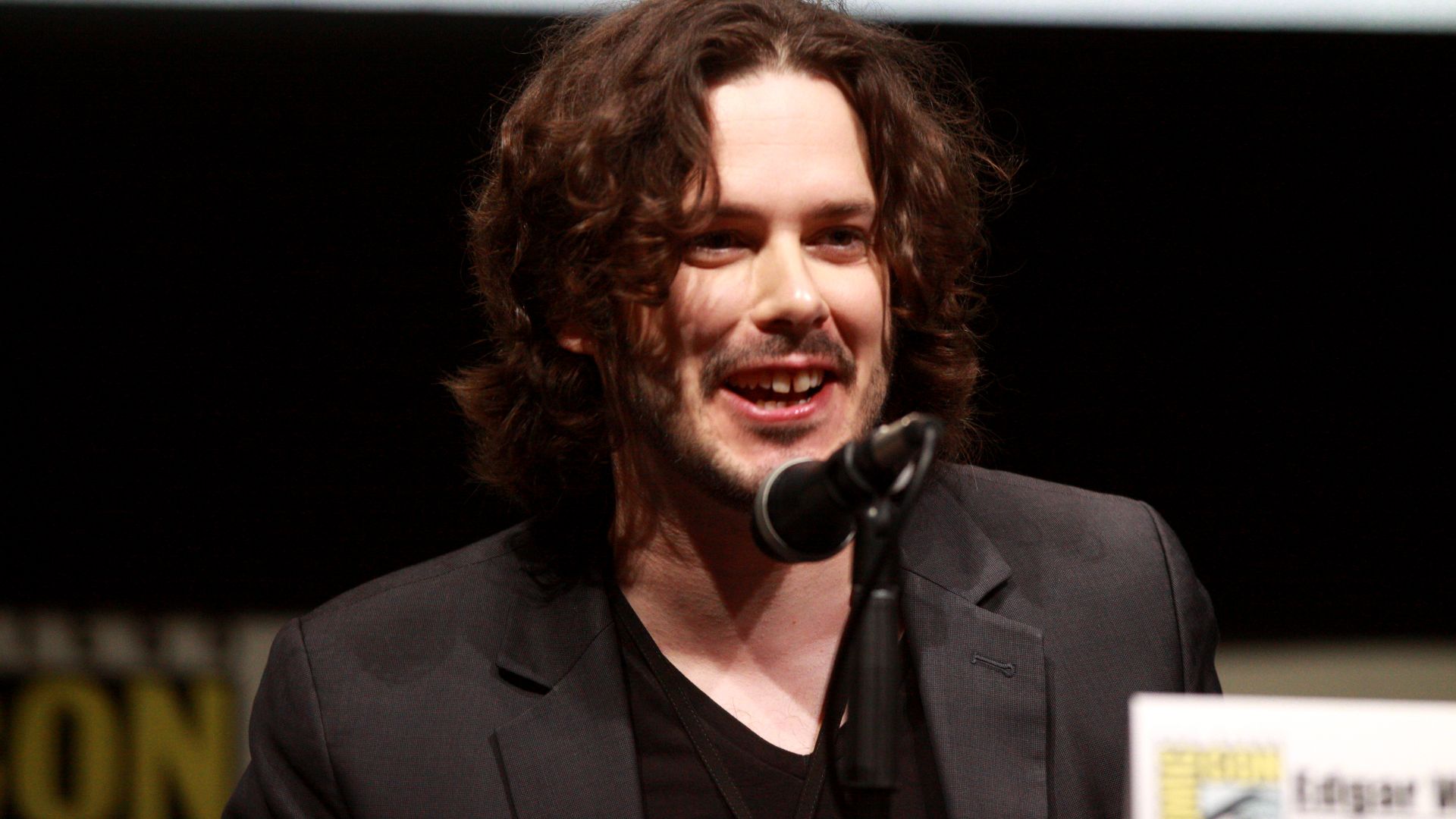 Gage Skidmore from Peoria, AZ, United States of America, Wikimedia Commons
Gage Skidmore from Peoria, AZ, United States of America, Wikimedia Commons
Chloé Zhao
Zhao’s filmmaking feels as organic as sunlight. She captures the quiet poetry of everyday life with natural lighting, loose camera work, and raw, authentic performances. Her worlds—whether real or imagined—feel lived-in and sincere. You don’t watch her films; you float through them.
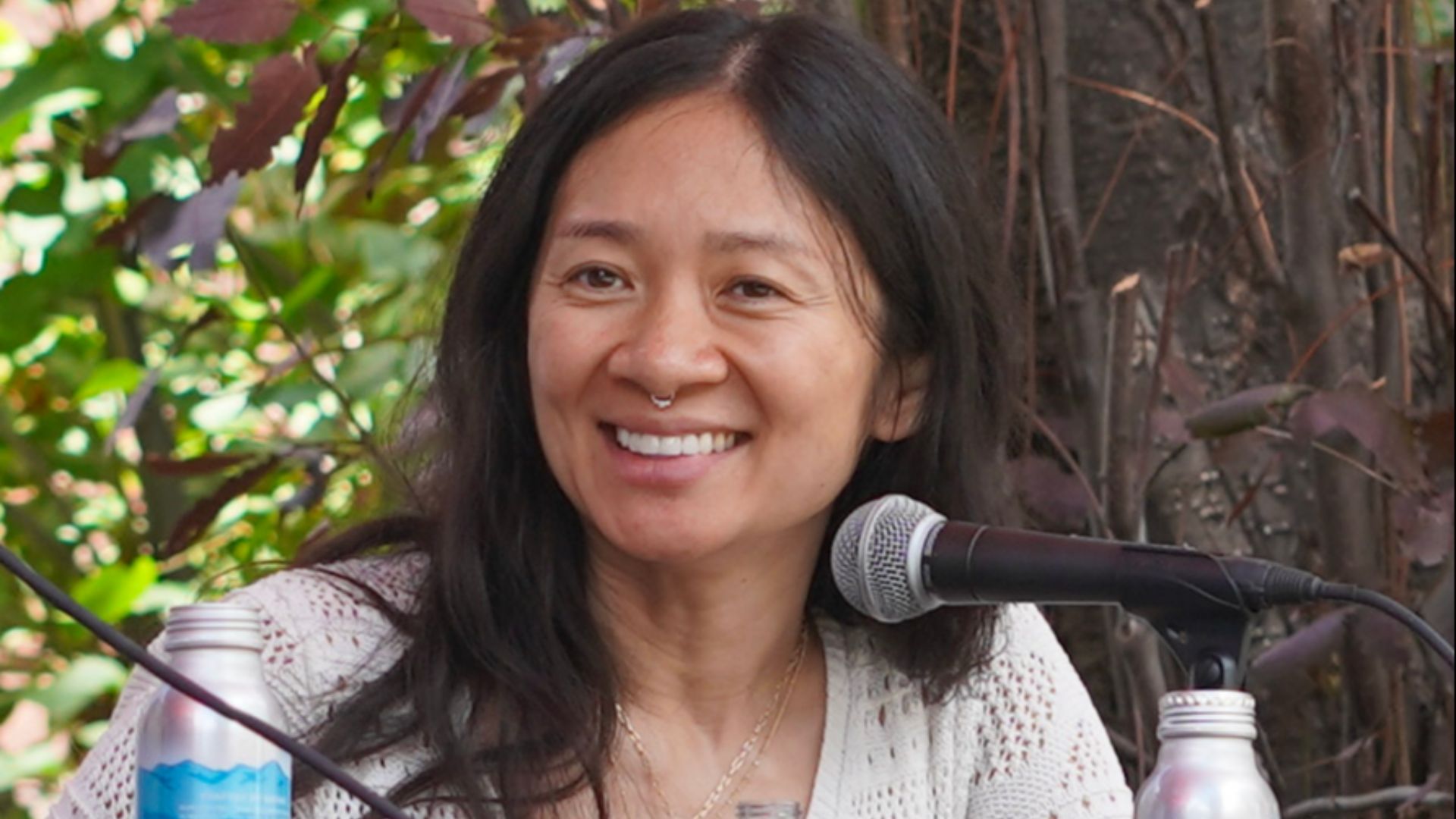 FiesolanaNYC, Wikimedia Commons
FiesolanaNYC, Wikimedia Commons
Quentin Tarantino
A Tarantino movie is like a mixtape made of blood, banter, and B-movie brilliance. His nonlinear storytelling, endless monologues, and chaotic violence have redefined cool on screen. You’ll get classic rock, revenge plots, and at least one inexplicable close-up of feet—all stitched together into something only Tarantino could pull off.
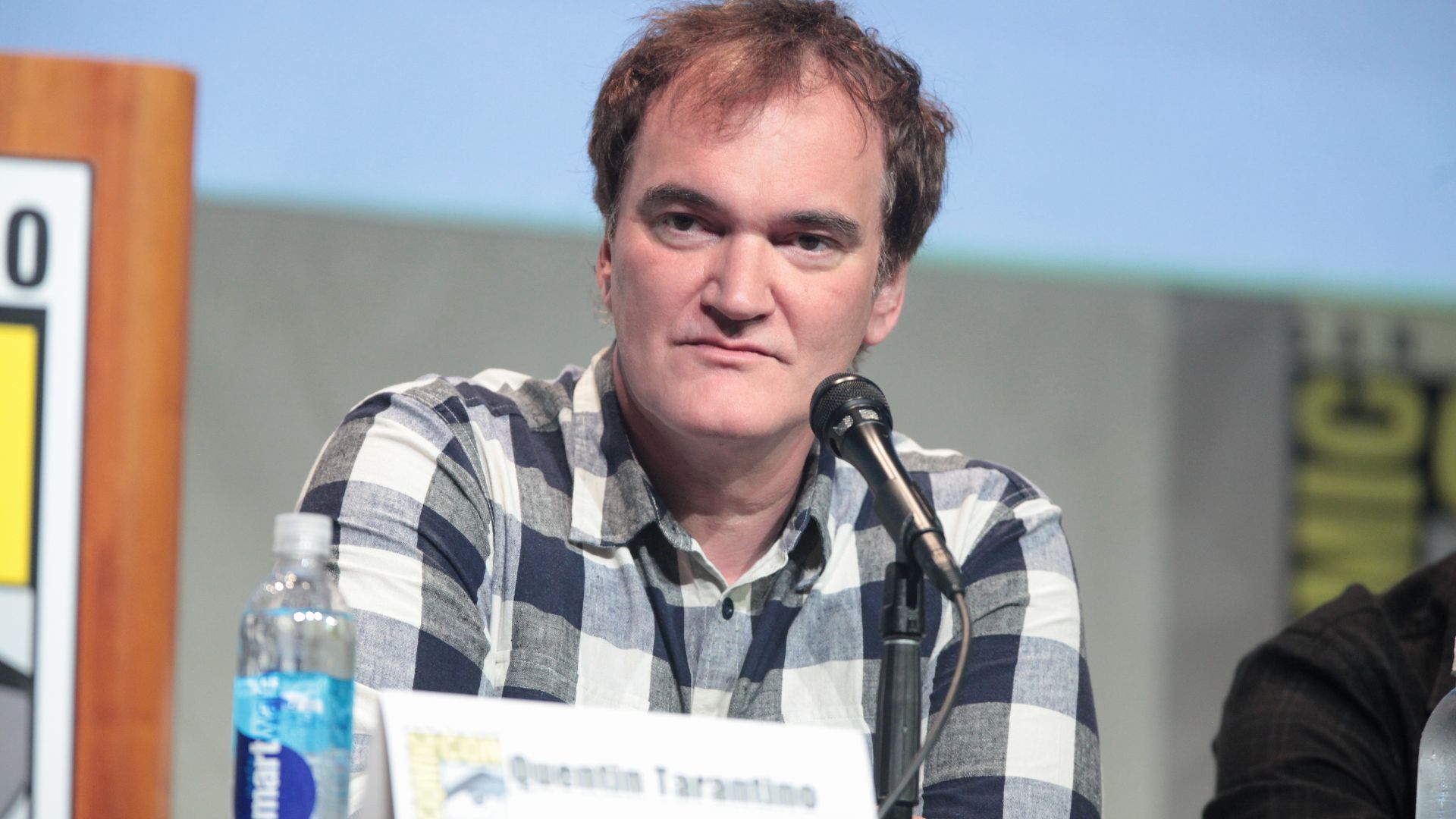 Gage Skidmore from Peoria, AZ, United States of America, Wikimedia Commons
Gage Skidmore from Peoria, AZ, United States of America, Wikimedia Commons
Jane Campion
Campion’s work explores desire, repression, and the untamed wildness of human emotion. Her use of visual metaphor and landscapes adds a sense of mystery to even her quietest scenes. She doesn’t just tell stories—she paints them, often from perspectives Hollywood used to ignore.
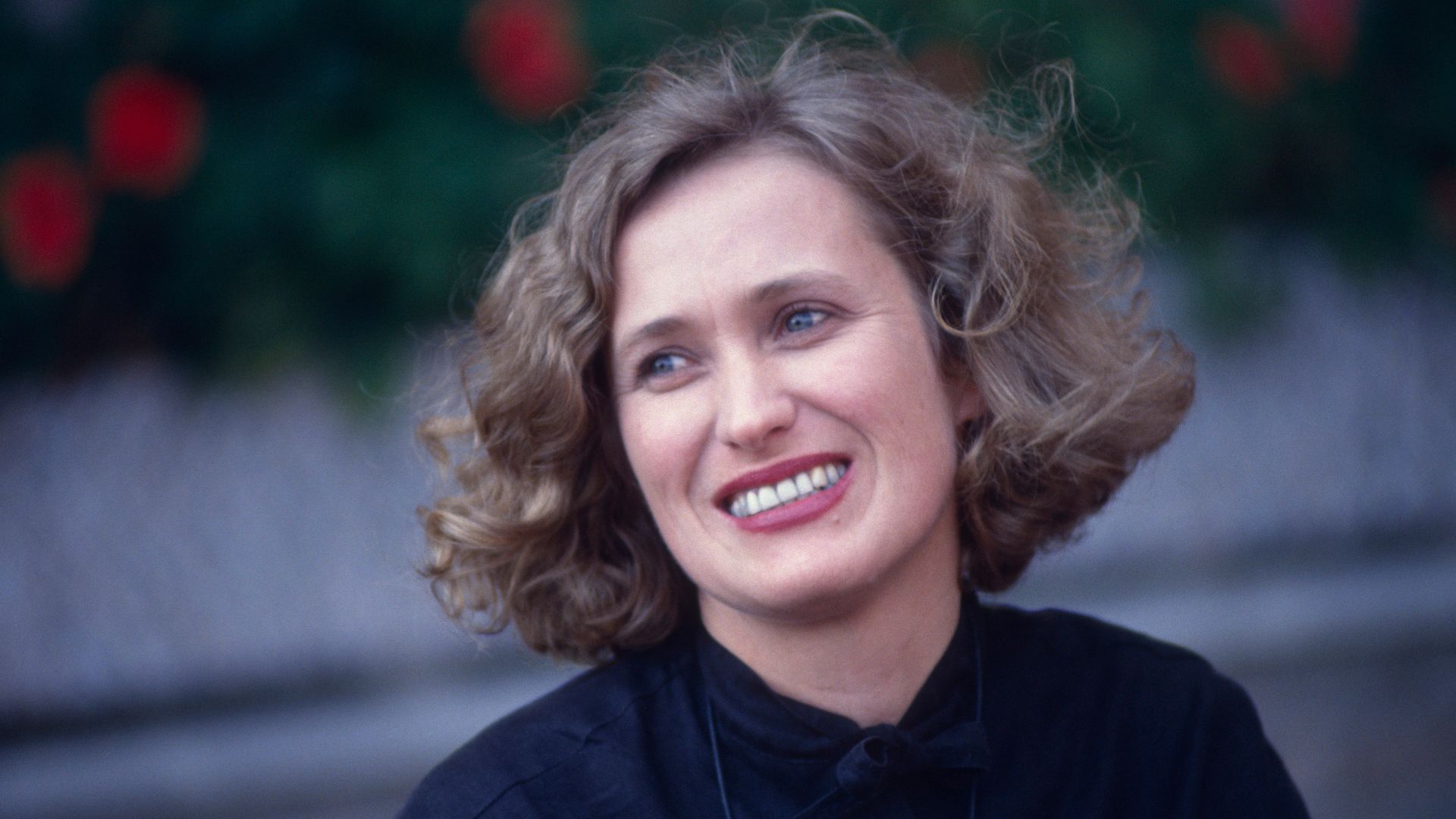 Gorup de Besanez, Wikimedia Commons
Gorup de Besanez, Wikimedia Commons
Guillermo del Toro
If a movie monster makes you cry, del Toro probably directed it. His gothic-fantasy style merges fairy tales with horror, blending innocence and grotesquery. Each of his films is packed with ornate detail, beating hearts, and creatures more human than the humans around them.
Michael Bay
Subtlety? Never heard of it. Bay’s explosive, high-octane style has earned the nickname “Bayhem” for good reason. Expect sweeping helicopter shots, golden-hour lighting, and more pyrotechnics than the Fourth of July. His movies don’t whisper—they detonate.
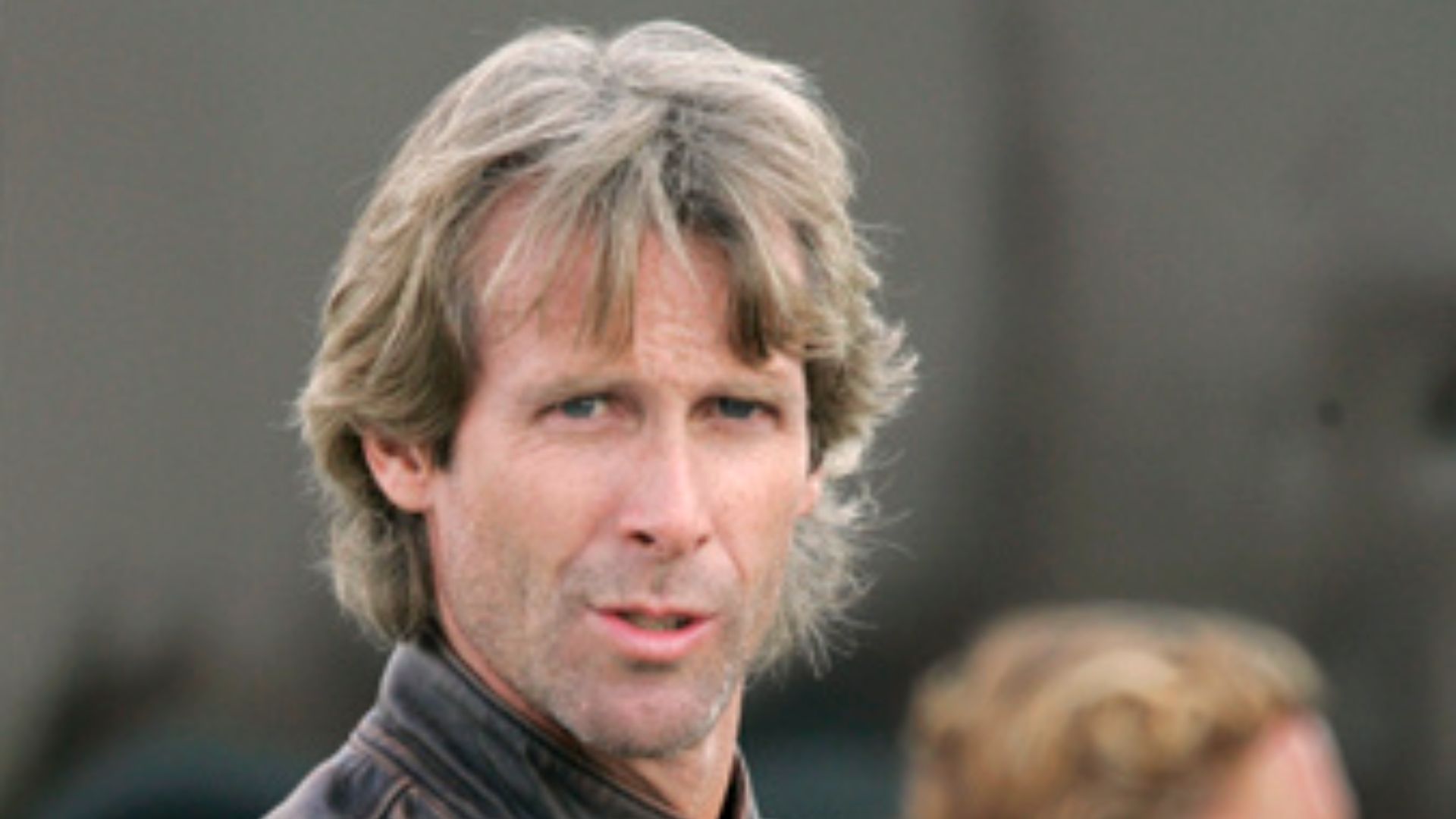 Simon Davison, Wikimedia Commons
Simon Davison, Wikimedia Commons
Denis Villeneuve
Villeneuve crafts sci-fi epics that feel meditative instead of flashy. His deliberate pacing, otherworldly soundscapes, and awe-inspiring visuals immerse you in thought instead of chaos. When you leave one of his films, you’re not just impressed—you’re emotionally jet-lagged.
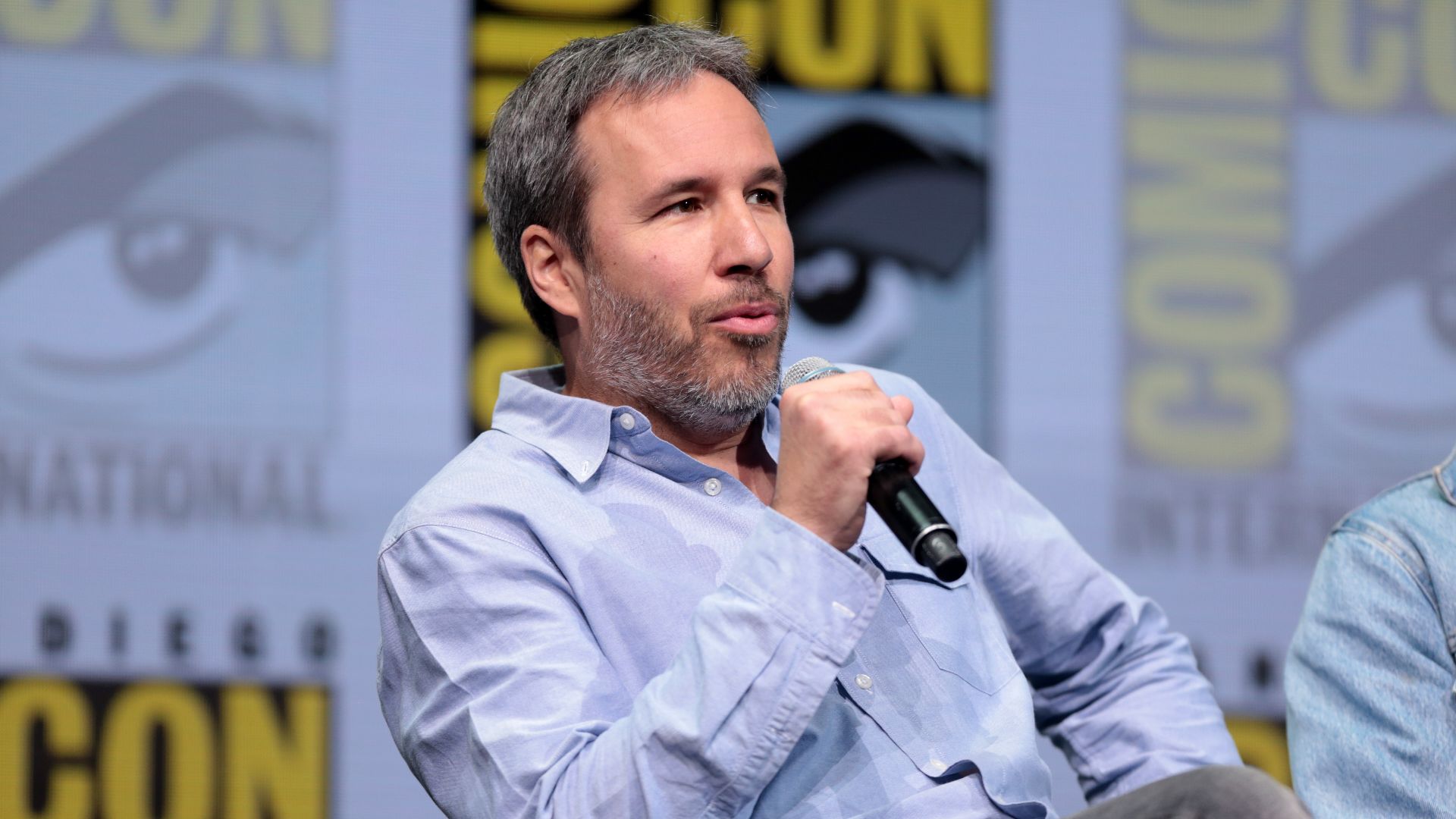 Gage Skidmore from Peoria, AZ, United States of America, Wikimedia Commons
Gage Skidmore from Peoria, AZ, United States of America, Wikimedia Commons
Terrence Malick
Malick’s movies drift like prayers whispered into wind. He favors natural light, whispered voiceovers, and camera movements that feel alive. His films don’t so much tell stories as they wander through them, lingering on faces, trees, and the poetry of existence.
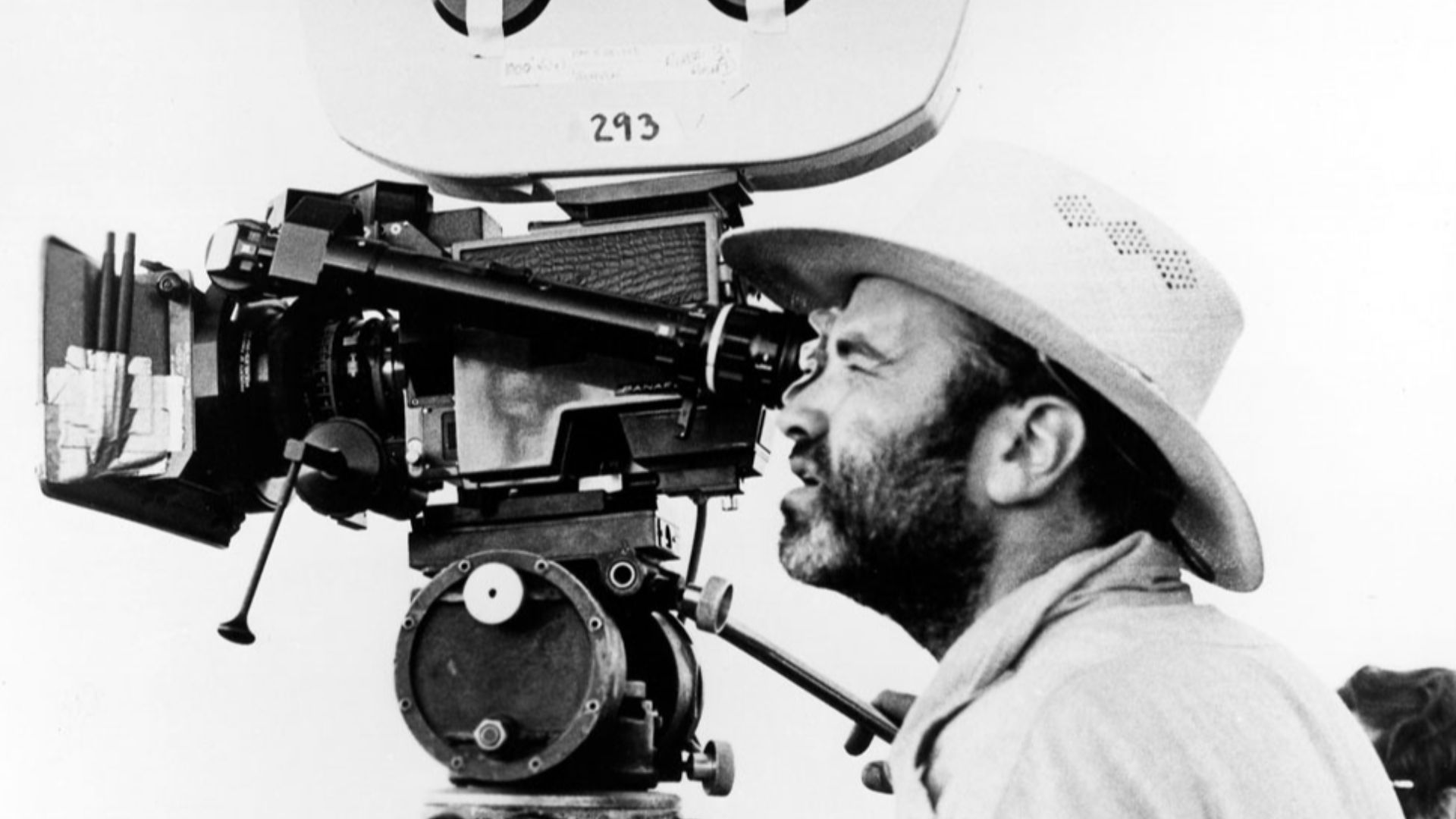 Jester-being, Wikimedia Commons
Jester-being, Wikimedia Commons
Zack Snyder
Every Snyder film looks like a comic book panel soaked in rain and testosterone. His slow-motion sequences, desaturated color palettes, and gritty grandeur make his visuals instantly recognizable. Whether you love or hate his maximalism, you can’t deny his sense of mythic drama. Every frame feels ready for a poster.
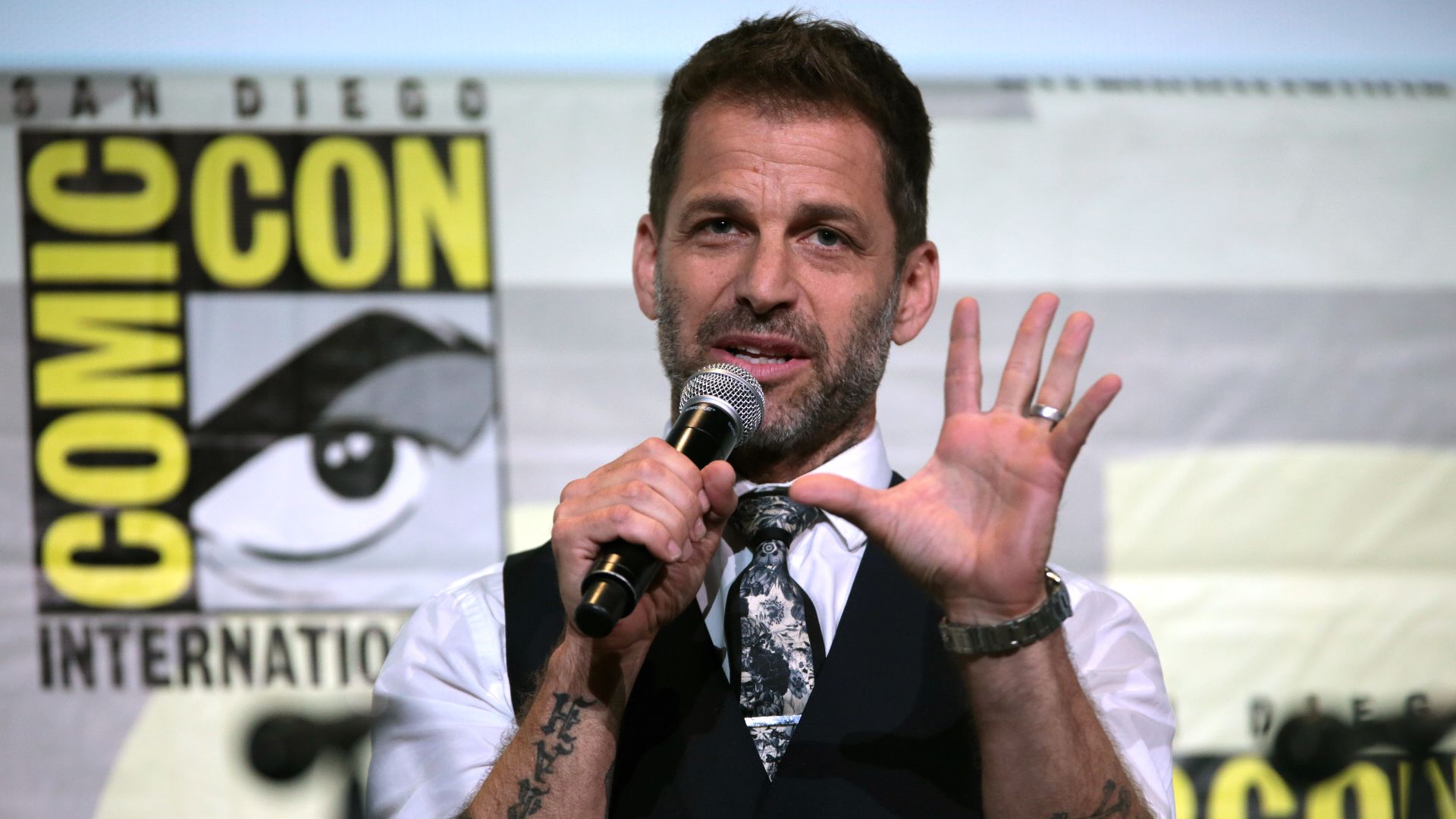 Gage Skidmore from Peoria, AZ, United States of America, Wikimedia Commons
Gage Skidmore from Peoria, AZ, United States of America, Wikimedia Commons
The Wachowskis
The Wachowskis bring comic-book imagination and digital artistry to everything they touch. Their world-building is massive, their action choreography revolutionary, and their ideas deeply philosophical. They don’t just make sci-fi—they turn it into a kaleidoscope of technology, emotion, and pure visual adrenaline.
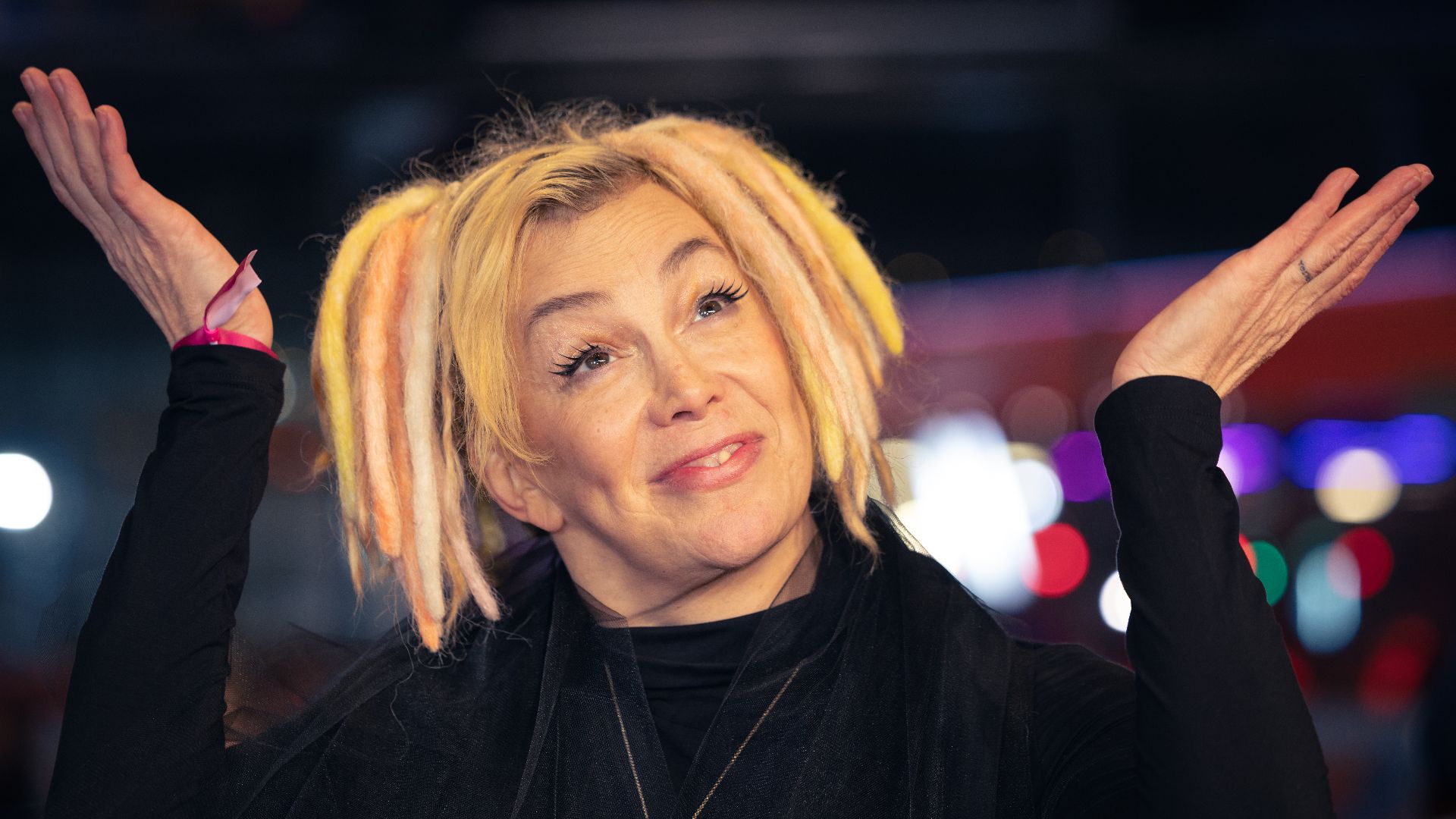 Harald Krichel, Wikimedia Commons
Harald Krichel, Wikimedia Commons
Alfred Hitchcock
The original master of suspense, Hitchcock practically invented the cinematic language of tension. From his dolly zooms to voyeuristic camera tricks, every technique was designed to make you squirm. He made audiences complicit, terrified, and totally addicted to fear—a legacy that still defines thrillers today.
You May Also Like:
These Films Took Over A Decade To Finish, And We Can See Why
The Best Movies Of The 2020s (So Far)
The Best Disaster Movies Of All Time
Source: 1

